Efficient Surgical Instruments for Minimally Invasive Techniques
March 15, 2024 2024-11-21 6:57Efficient Surgical Instruments for Minimally Invasive Techniques
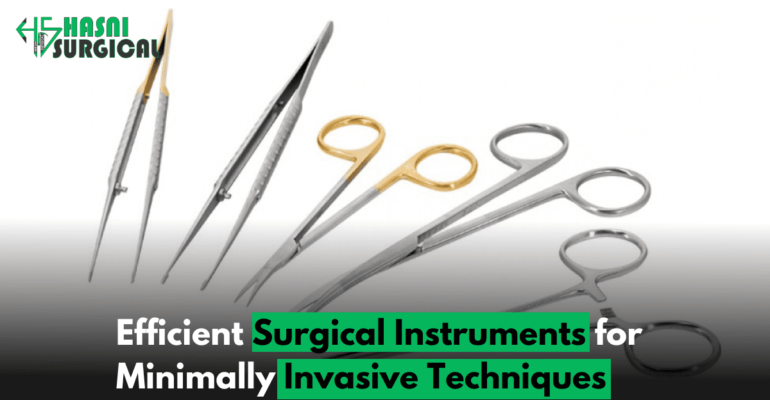
Efficient Surgical Instruments for Minimally Invasive Techniques
Presentation:
Efficient Surgical Instruments
Minimal invasive dentistry (MID) offers patients fewer intrusive options and gives surgeons advanced tools for better results. Key to MID are specialized instruments designed to access surgical instrument sites through small incisions with precision. You can find these high-quality instruments at hasnisurgical.com. In this blog, we’ll explore these specialized tools, their functions, applications, and benefits for patients and surgeons.
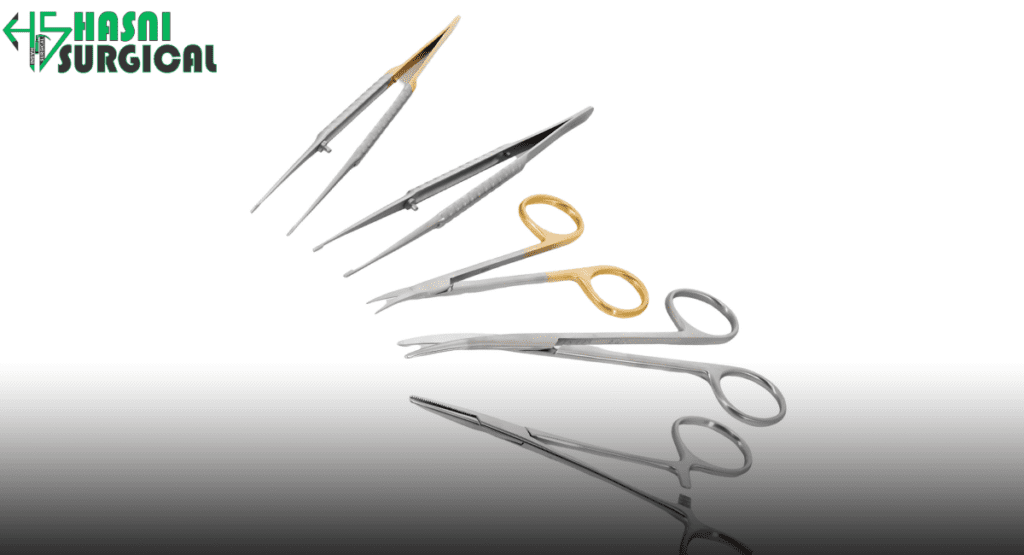
Laparoscopic Instruments:
Laparoscopic surgery, or minimal invasive dentistry (MID), offers less-invasive alternatives to traditional open procedures. Specialized instruments for small incisions are crucial for accessing and visualizing the surgical instrument site. These instruments feature long, slender shafts and focused tips that enable surgeons to perform intricate procedures with accuracy and precision.
The laparoscope, a key laparoscopic instrument, is a slender, telescope-like tool with a high-quality camera and light source. It allows surgeons to view the surgical instrument site clearly, identify anatomical landmarks, and perform procedures with precision.
Laparoscopic instrument sets typically include various specialized tools along with the laparoscope. These tools may include graspers, scissors, dissectors, and needle holders, each designed for laparoscopic surgery. Laparoscopic graspers have atraumatic jaws to prevent tissue damage, and scissors have curved blades for precise cutting.
These instruments allow specialists to manipulate tissues and organs from various angles, enabling complex procedures with minimal invasive dentistry disruption.
They are often lightweight and balanced, featuring ergonomic handles and controls for comfortable, precise operation. A laparoscopic framework might include mechanical support to enhance the surgeon’s control and skill.
Laparoscopic instruments have revolutionized surgery by providing less invasive treatment options and improving outcomes. Their precision, flexibility, and ergonomic design enable surgeons to perform complex procedures efficiently, minimizing patient discomfort and recovery time. Advancements in technology will continue to improve laparoscopic tools, leading to safer and more effective treatments globally.
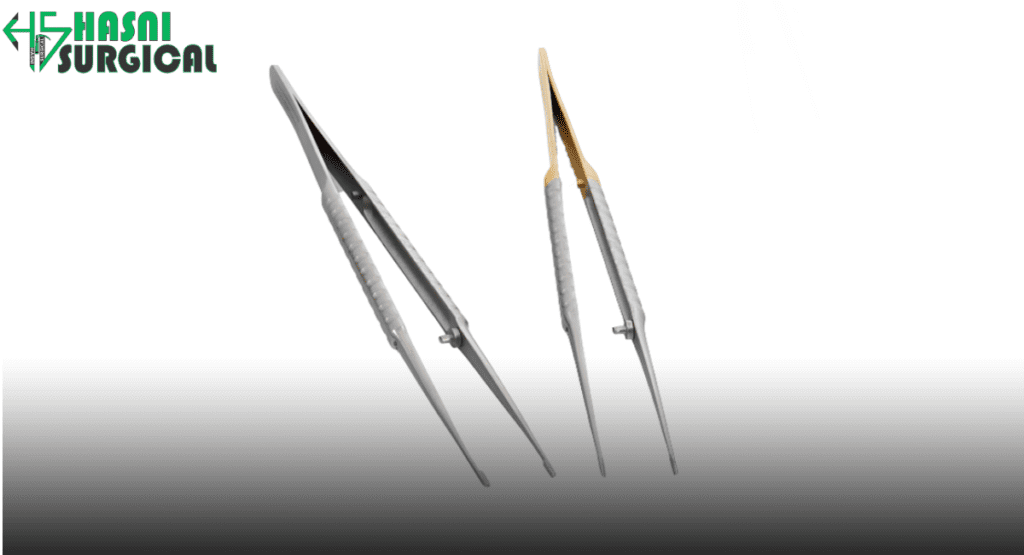
Endoscopic Instruments
Endoscopic procedures use endoscopes to view internal organs through natural openings or small incisions. These instruments offer real-time internal views, allowing surgeons to assess tissue, detect abnormalities, and perform precise interventions.
Endoscopic instruments arrive in various shapes, sizes, and designs to suit different procedural necessities and physical contemplations. Graspers handle tissues, scissors cut, and biopsy forceps collect samples. These instruments have long, slim shafts for accessing confined body spaces and articulating tips for precise control.
Endoscopic procedures mean smaller incisions, less pain, and a faster recovery. These minimal invasive dentistry techniques reduce tissue damage, improve outcomes, shorten hospital stays, and enable quicker recovery, enhancing patient satisfaction.
Endoscopic instruments are crucial in advancing minimal invasive dentistry, providing precision and efficiency for complex procedures. As technology advances, new instruments and techniques will improve surgeries, leading to better patient care and outcomes.
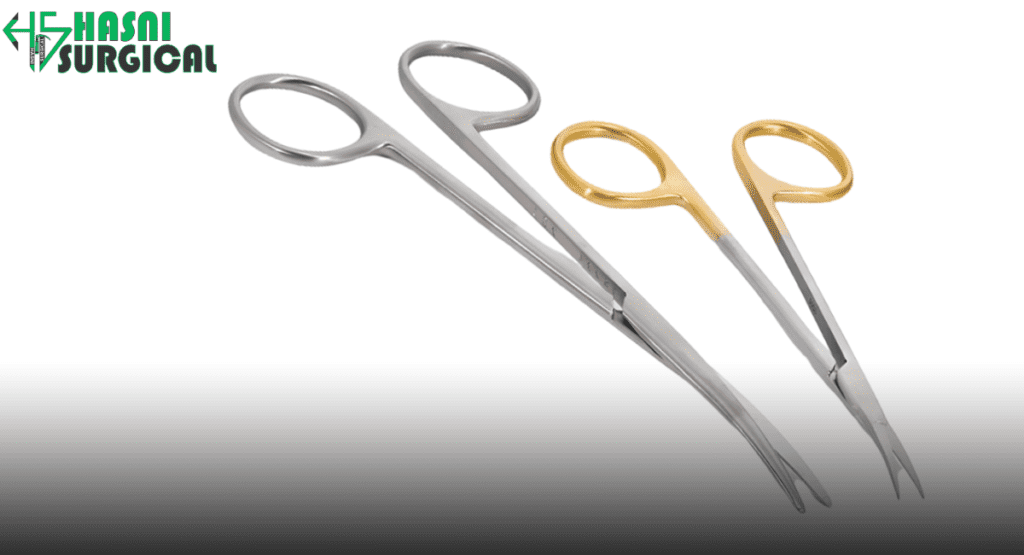
Mechanical Helped Instruments:
Mechanically assisted medical procedures represent a significant advancement in minimal invasive dentistry, enhancing precision, skill, and control through robotics. The da Vinci surgical instrument system uses robotic arms and cameras to provide a magnified 3D view for surgeons.
Mechanically assisted instruments can replicate the surgeon’s hand movements with remarkable accuracy and stability. Surgeons operate robotic arms from a console using hand controls and foot pedals, achieving millimeter-level precision. This skill lets specialists perform complex procedures with greater precision and efficiency.
Mechanical-aided instruments reduce fatigue. The control center framework lets surgeons use hand and foot controls, easing strain on their hands, wrists, and arms. This ergonomic design boosts comfort and reduces musculoskeletal injury risk, enhancing surgical instrument performance and outcomes.
Mechanically assisted instruments offer extra benefits beyond improved accuracy and ergonomics. These include:
This upgraded perception improves physical design identification and precision in sensitive systems.
Diminished Injury and Scarring: Mechanical assistance reduces tissue damage and scarring. This insignificantly intrusive methodology prompts quicker recuperation times, more limited clinic stays, and works on superficial results for patients.
Worked on Quiet Results: Automated procedures cut blood loss, complications, and recovery time, easing pain and speeding recovery.
Mechanical aids have improved precision and safety in minimally invasive dentistry.
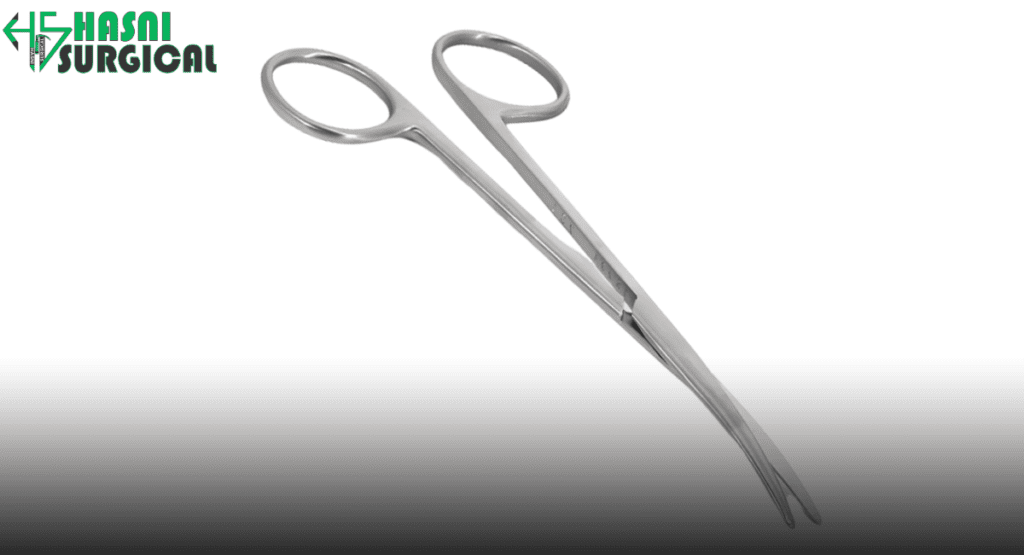
Microsurgical Instruments:
Mechanical aids have improved precision and safety in minimal invasive dentistry.
Microsurgical instruments are vital for their small size and delicate build, enabling surgeons to precisely access and control tiny structures. Microsurgical instruments commonly incorporate microscissors, microforceps, microneedle holders, and microsuturing gadgets, each custom-fitted to explicit assignments and techniques.
Microscissors cut sensitive tissues with precision. Microforceps grasp and hold tissues and stitches accurately. Microneedle holders, with fine tips, enable precise stitching under magnification.
Microsurgical instrument units may include tools for vascular anesthesia, nerve fixation, and tissue transplantation, along with cutting, handling, and stitching instruments.
Microsurgery is essential in reconstructive, plastic, ophthalmic, and neurosurgery procedures for repairing and restoring damaged tissues. It involves delicate procedures like nerve repair, vessel anastomosis, and tissue transplantation, requiring precise microsurgical instruments for specialists.
Microsurgical instruments are essential in advancing surgery, enabling surgeons to perform complex procedures with exceptional precision. Their small size and delicate design improve outcomes by minimizing tissue damage and speeding recovery.
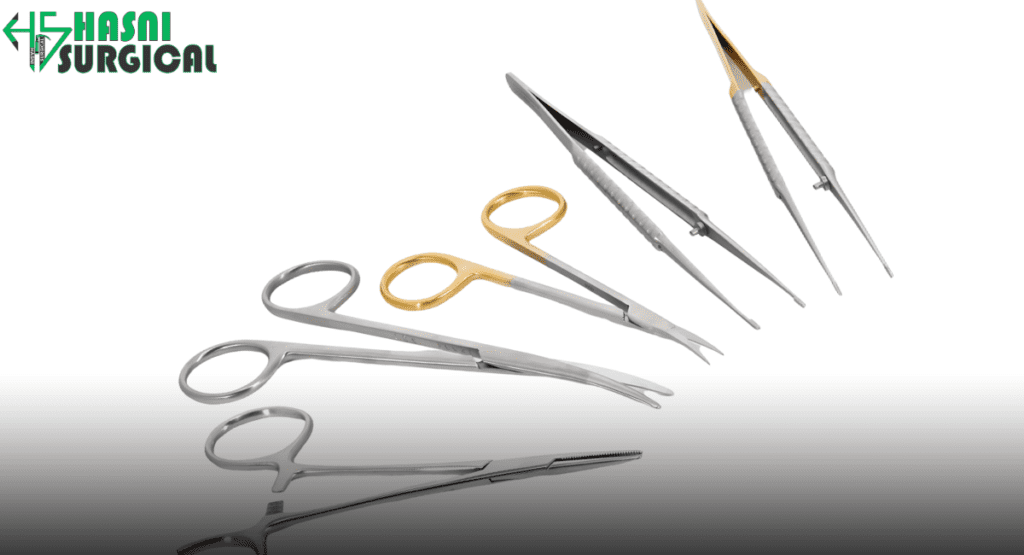
Electrosurgical Instruments:
Electrosurgical instruments are crucial in minimal invasive dentistry, providing precise control over tissue cutting, coagulation, and hemostasis using electrical energy. These advanced tools employ various electrical methods to cut tissue, seal vessels, and manage bleeding.
Electrosurgical instrument cutting uses high-frequency electrical currents to create heat that vaporizes and cuts tissue. It’s ideal for precise cuts and tissue analysis in laparoscopic and endoscopic surgeries.
Electrosurgical instruments use low-frequency electrical currents to cut and coagulate tissue, generating heat to dry out and seal small veins. This technique is vital for preventing bleeding in surgeries like tonsillectomy and hysterectomy.
Electrosurgical instruments use high-frequency currents for fulguration, a non-contact method to coagulate tissue and cause superficial damage. This method is often used for tissue removal, lesion ablation, and superficial hemostasis in dermatologic and urological procedures.
Electrosurgical instruments offer versatility beyond standard cutting and coagulation, with specialized devices for tissue analysis, fusion, and removal. Bipolar electrosurgical instruments use two anodes to focus energy on tissue, reducing heat spread and damage.
Electrosurgical instruments are essential in fields like general medicine, gynecology, muscular health, and ENT for precise, efficient procedures. They use electrical energy to control tissue and hemostasis, minimize damage, and reduce complications. As technology advances, these tools will improve minimal invasive dentistry, providing safer and more effective treatments.
End:
Specialized instruments improve minimal invasive dentistry with better outcomes. Laparoscopic, endoscopic, robotic, and microsurgical instrument tools enhance precision, reduce tissue damage, and boost patient recovery. Which you can buy from hasnisurgical.com.
As innovation advances, new and creative surgical instruments will enhance minimal invasive dentistry, leading to safer, more effective treatments. Ongoing research will provide doctors with improved tools and techniques, transforming surgical instrument practices and patient care.
Minimal invasive dentistry can reduce healthcare costs, shorten hospital stays, and improve patient satisfaction. By reducing trauma and recovery time, these methods help patients return to normal activities faster.
Advanced, minimally invasive dentistry boosts precision and reduces risks. As these tools improve and spread, they promise safer and less invasive treatments for patients globally.

